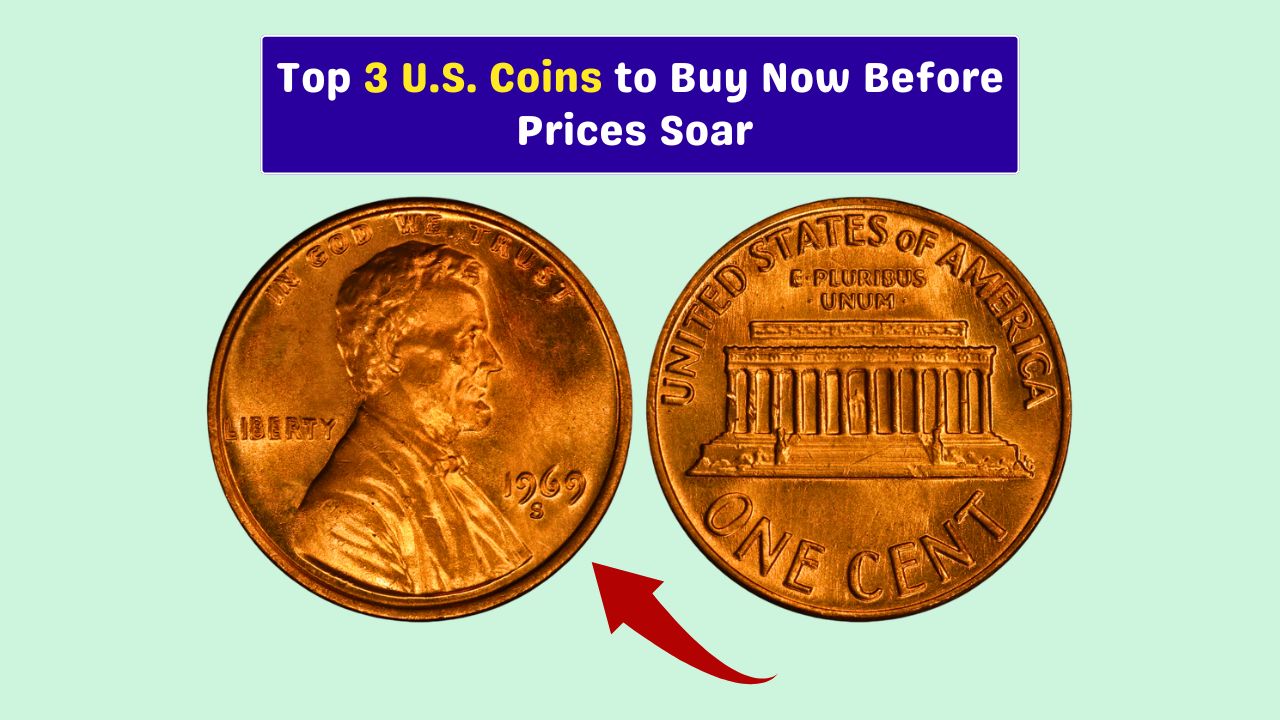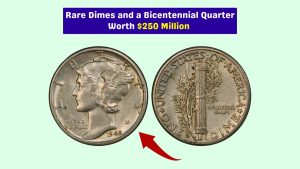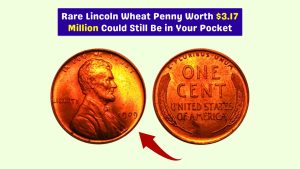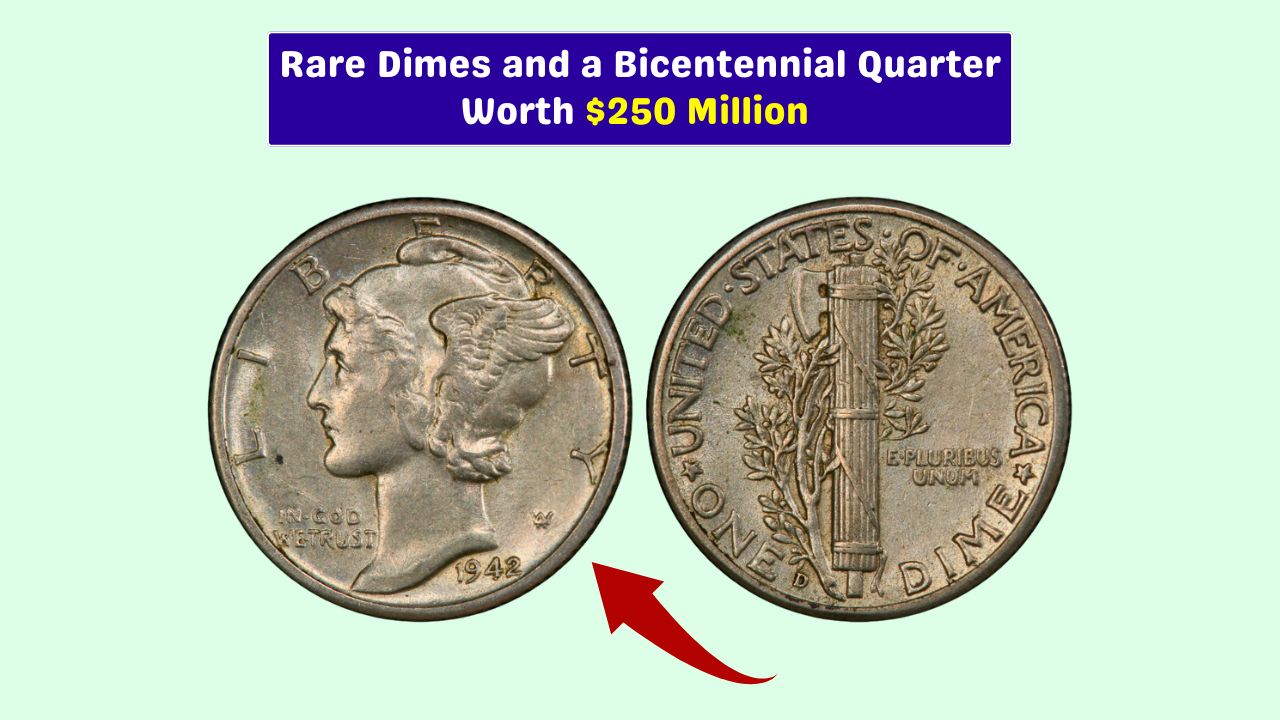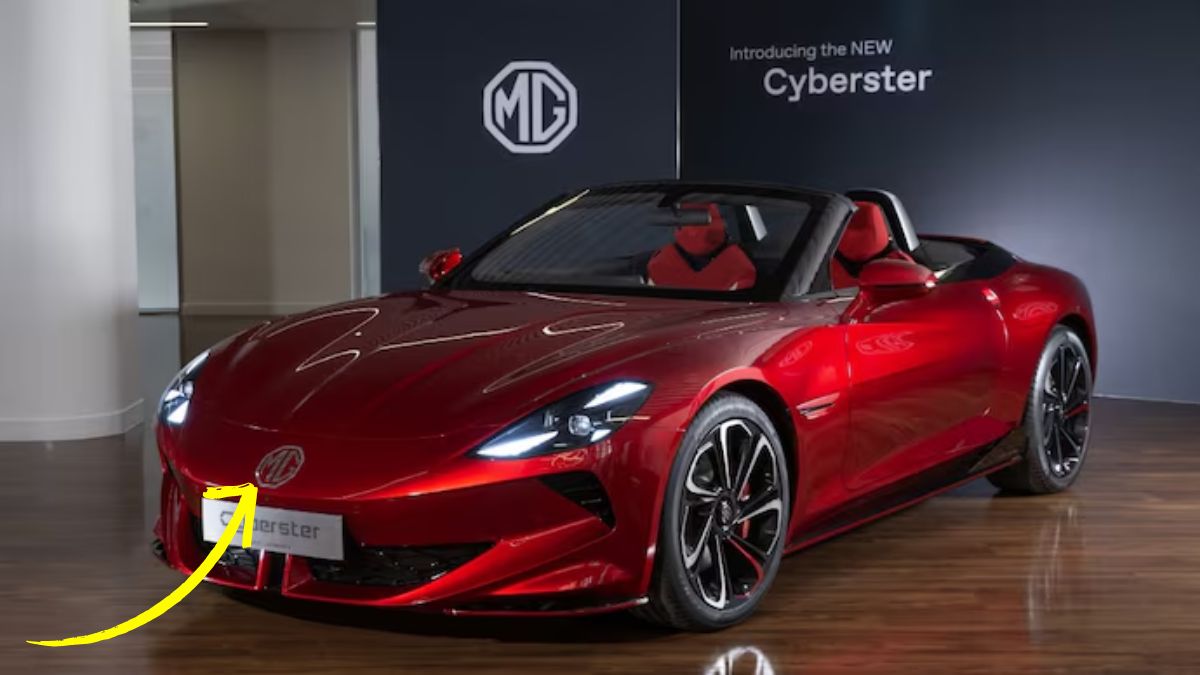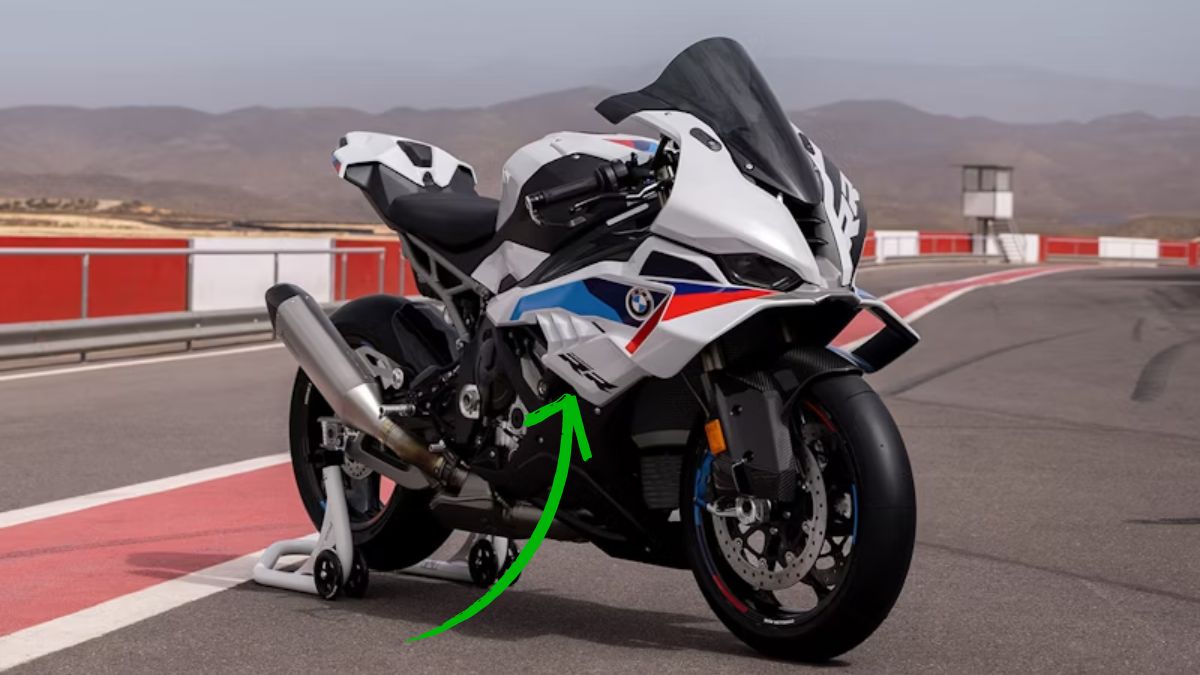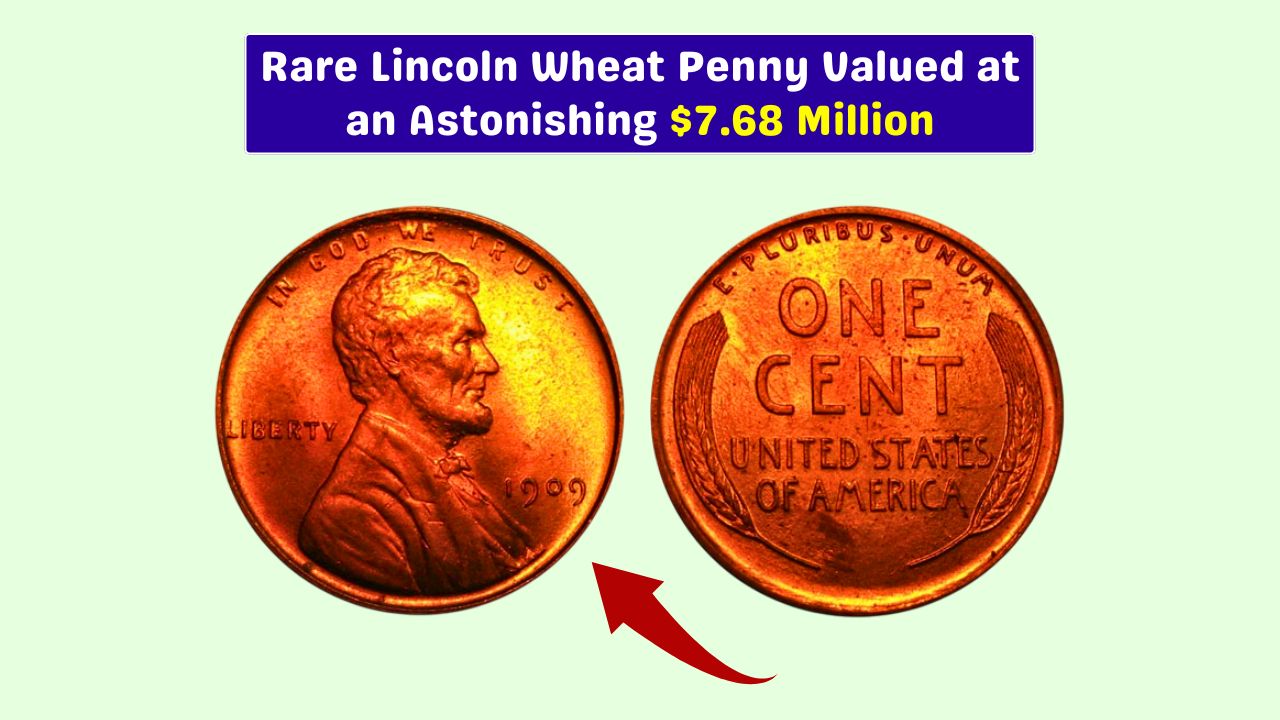Coin collecting isn’t just a fun pastime—it can also turn into a surprisingly smart investment. Some U.S. coins are worth much more than their face value, especially rare or error coins.
And if you’re holding on to certain pennies, you might be sitting on a small fortune without even realizing it. In this article, we’ll cover three rare U.S. coins that collectors believe could become even more valuable by 2025—and how to identify them in your collection.
Table of Content
Bronze
Let’s start with one of the most famous error coins in American history: the 1943 Bronze Lincoln Penny.
During World War II, copper was needed for the war effort, so the U.S. Mint began producing pennies from steel coated with zinc. However, a few bronze planchets (coin blanks) were left in the press machines and were accidentally struck with the 1943 Lincoln penny design.
If you find a 1943 penny, test it with a magnet. If it sticks, it’s steel. If it doesn’t, you may have one of these bronze rarities. These coins have sold for $100,000 to $500,000 at auction, depending on condition. Only a handful are known to exist, so finding one could be like winning the lottery.
Doubled
Next up is the 1969-S Doubled Die Obverse Lincoln Penny. What makes this coin valuable is a noticeable doubling effect on the front—specifically on the words “LIBERTY” and “IN GOD WE TRUST,” as well as the date.
This doubling is the result of a minting error that created a second, slightly offset image. These types of errors are rare and highly prized among collectors. If you find one of these coins in your collection and the doubling is clear, you could be looking at a value between $20,000 and $50,000.
Be careful though—there are fakes and lesser doubled dies out there. Authentic 1969-S doubled die pennies are well-documented, so have an expert appraise yours if you think you’ve found one.
Small Date
The 1970-S Small Date Lincoln Penny is another coin flying under the radar that could gain even more value soon.
The Mint accidentally released two versions of the 1970 penny: one with a regular (large) date and one with a smaller date. The small date version has thinner and taller numbers, and the “7” is level with the rest of the date rather than dropping below.
These pennies are harder to find, and when they’re in mint condition, they’ve been known to fetch $3,000 to $10,000. So if you have a jar of old pennies lying around, it might be worth checking for this subtle difference.
Tips
If you’re new to coin collecting or want to check your stash for hidden gems, here are a few simple tips:
- Use a magnifying glass to look for date variations and doubling
- Check with a magnet—bronze pennies won’t stick, but steel ones will
- Handle coins carefully by the edges to avoid reducing their value
- Store coins properly in holders or protective sleeves to preserve condition
- Get a second opinion from a certified coin dealer or grading service
| Coin | Potential Value | Key Identifier |
|---|---|---|
| 1943 Bronze Lincoln Penny | $100,000–$500,000 | Non-magnetic, bronze color |
| 1969-S Doubled Die Penny | $20,000–$50,000 | Doubling on “LIBERTY”, “IN GOD WE TRUST” |
| 1970-S Small Date Penny | $3,000–$10,000 | Small, level numbers in date |
These coins are rare, but they do turn up in everyday collections and coin jars more often than you’d think. Keep an eye out, and you might just observe a hidden treasure right in your change.
FAQs
How do I know if my 1943 penny is bronze?
Use a magnet. If it doesn’t stick, it could be bronze.
What is a doubled die coin?
It has a doubling effect from a minting error on the coin’s design.
Is the 1970-S small date easy to spot?
Yes, look for thinner numbers and a level “7” in the date.
Can these coins be in circulation?
Yes, some have been found in old jars and rolls.
Should I clean my coins?
No—cleaning can reduce their value. Leave them as-is.
